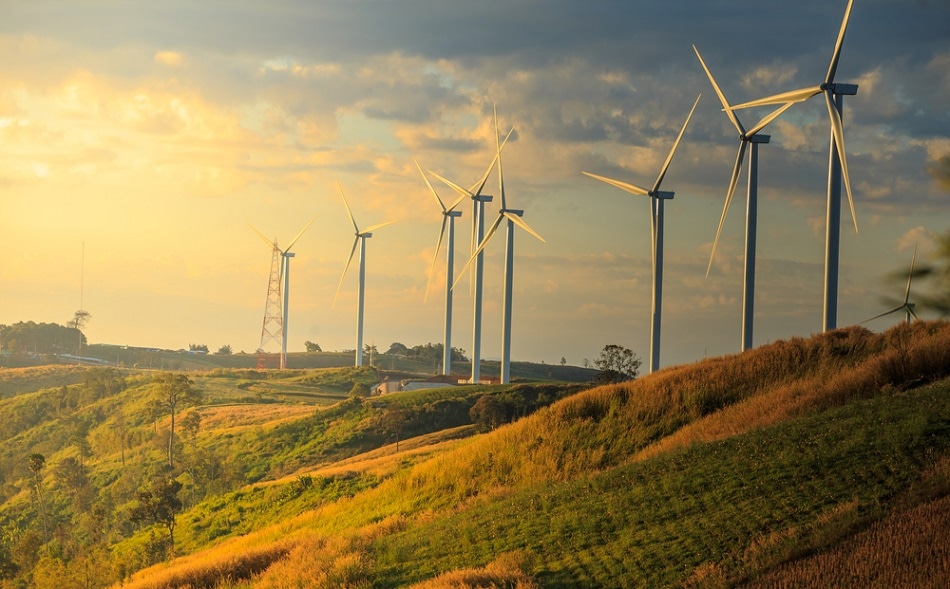Nov 7 2019
Scientists based in Brazil have formulated a method to better regulate wind energy systems for generating electricity. Wind energy systems are usually costly to maintain, and can only transform part of the generated energy into storage.

Image Credit: chaiviewfinder/Shutterstock.com
The outcomes of the study have been published in IEEE/CAA Journal of Automatica Sinica, a joint publication of IEEE and the Chinese Association of Automation, and could have an impact on making wind energy systems more efficient and economical.
Renewable energy production is accepted worldwide by academics and industry as an interesting alternative to traditional power generation, mainly due to the growing scarcity of fossil fuels and the dreadful effect of greenhouse gases on Earth's climate. Of all possible arrangements for wind energy systems, the most commonly used is the double-fed induction generator-based configuration.
Juan Sebastián Solís-Chaves, Study Author and Professor, Department of Energy Engineering, Federal University of ABC-UFABC
This is the kind of system used by the scientists to examine how to gain better control over wind energy systems. It is widely regarded that the double-fed induction generator is a highly stable system, said Solís-Chaves, but it can just process around 30% of the generated power and the total maintenance cost of the system is high.
The system includes two windings, or electromagnets, feeding information from the outside environment to the generator. They can regulate the frequency at which power is produced, according to the strength of the wind spinning the turbine.
But the double-powered system needs a converter to modify the power from alternating current to direct current, based on the speed conversion that is required. In the case of larger systems, this can add substantially to the cost.
We set out to investigate how long-range generalized predictive control theory could be an interesting and innovative alternative to the traditional direct power control used in wind energy systems.
Juan Sebastián Solís-Chaves, Study Author and Professor, Department of Energy Engineering, Federal University of ABC-UFABC
In the conventional generator, the controls regulate the whole system as one. In spite of having different stages, each stage depends on the others, and must be taken together. For instance, if there is an increase in wind strength that, in turn, spins the turbine more, the system will regulate the converter and power generation processes in unison, employing each as a variable for the others.
In this study, the scientists disintegrated the system to treat the power generation and feedback as two individual systems, each with an input and an output.
This is a non-linear control theory that is a very robust alternative with a faster dynamic response than traditional systems.
Juan Sebastián Solís-Chaves, Study Author and Professor, Department of Energy Engineering, Federal University of ABC-UFABC
In this wind energy system, under the scientists’ new control system, the turbine can react a lot more quickly, reducing the strain on its physical components. Next, the scientists plan to continue tweaking their de-coupled generation system.
Other contributors to the study include Lucas L. Rodrigues, C.M. Rocha-Osorio, and Alfeu J. Sguarezi Filho, all from the Department of Energy Engineering at the Federal University of ABC-UFABC. This research was supported by CNPQ, UFABC, and CAPES.